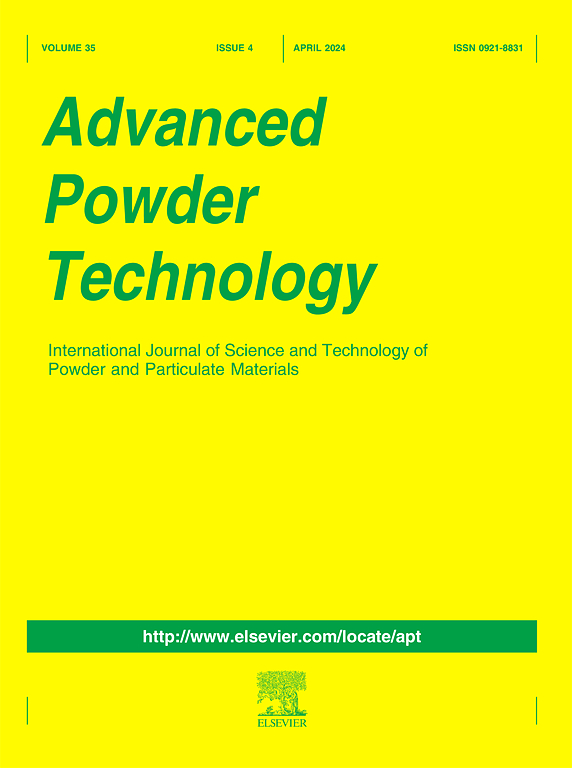Preparation of hydrophobic drug microcapsules via an intensified supercritical extraction of emulsion method: Phase behavior investigation and emulsion formula regulation
IF 4.2
2区 工程技术
Q2 ENGINEERING, CHEMICAL
引用次数: 0
Abstract
Some hydrophobic natural drugs with high added values are promising in clinical applications, while their poor water-solubility becomes a major restriction for the bioavailability. To overcome this problem, the size-reducing strategy is a favorable approach. Herein, model paclitaxel (PTX)@poly (lactide-co-glycolic acid) (PLGA) microcapsules are fabricated by an intensified supercritical extraction of emulsion (SFEE) method. The phase behaviors of carbon dioxide (CO2)/emulsion system during extraction are investigated to interpret the effects of operation parameters on the extraction. Besides, the emulsion formulas on microcapsule properties are examined experimentally as well. The results indicate that supercritical parameters above the mixture critical point (> 8 MPa at 313 K, for example) enables the great phase mixing of oil phase and CO2, thus the effectiveness of emulsion extraction can be guaranteed. Besides, the PLGA mass concentration (cPLGA) and water/oil ratio variations are also proved to favorably adjust the size, encapsulation efficiency, and drug loading of microcapsules.

强化超临界萃取乳化法制备疏水药物微胶囊:相行为研究及乳化液配方调整
一些具有高附加值的疏水天然药物具有广阔的临床应用前景,但其水溶性差成为制约其生物利用度的主要因素。为了克服这一问题,减小尺寸策略是一种有利的方法。本文采用强化超临界萃取乳化液(SFEE)法制备了紫杉醇(PTX)@聚乳酸-羟基乙酸(PLGA)模型微胶囊。研究了萃取过程中CO2 /乳液体系的相行为,以解释操作参数对萃取的影响。此外,还对乳液配方对微胶囊性能的影响进行了实验研究。结果表明:超临界参数在混合物临界点(>;例如,在313 K时,8mpa)使油相与CO2的相混,从而保证了乳液萃取的有效性。此外,PLGA质量浓度(cPLGA)和水油比的变化也被证明有利于调节微胶囊的大小、包封效率和载药量。
本文章由计算机程序翻译,如有差异,请以英文原文为准。
求助全文
约1分钟内获得全文
求助全文
来源期刊

Advanced Powder Technology
工程技术-工程:化工
CiteScore
9.50
自引率
7.70%
发文量
424
审稿时长
55 days
期刊介绍:
The aim of Advanced Powder Technology is to meet the demand for an international journal that integrates all aspects of science and technology research on powder and particulate materials. The journal fulfills this purpose by publishing original research papers, rapid communications, reviews, and translated articles by prominent researchers worldwide.
The editorial work of Advanced Powder Technology, which was founded as the International Journal of the Society of Powder Technology, Japan, is now shared by distinguished board members, who operate in a unique framework designed to respond to the increasing global demand for articles on not only powder and particles, but also on various materials produced from them.
Advanced Powder Technology covers various areas, but a discussion of powder and particles is required in articles. Topics include: Production of powder and particulate materials in gases and liquids(nanoparticles, fine ceramics, pharmaceuticals, novel functional materials, etc.); Aerosol and colloidal processing; Powder and particle characterization; Dynamics and phenomena; Calculation and simulation (CFD, DEM, Monte Carlo method, population balance, etc.); Measurement and control of powder processes; Particle modification; Comminution; Powder handling and operations (storage, transport, granulation, separation, fluidization, etc.)
 求助内容:
求助内容: 应助结果提醒方式:
应助结果提醒方式:


